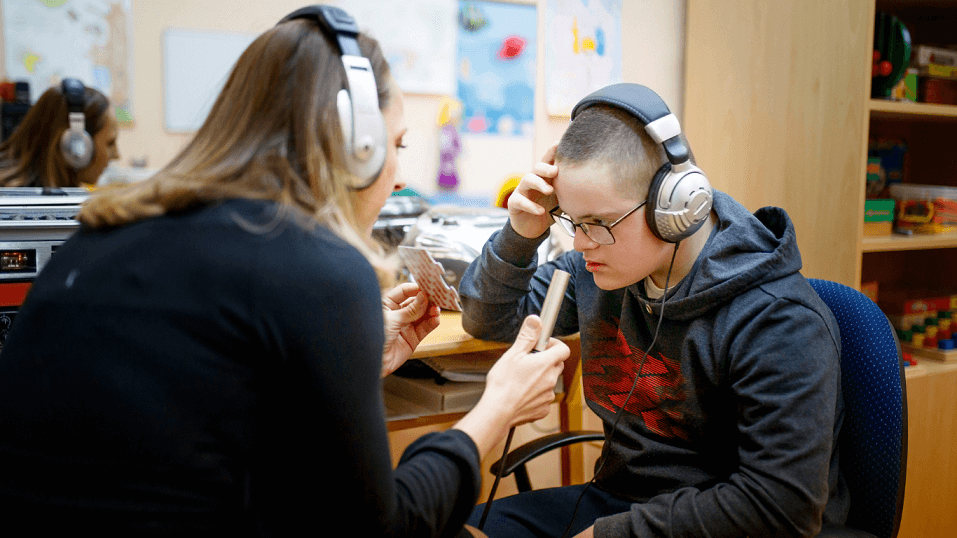
Healthcare Setting - Here you will find resources to support families, professionals, healthcare organizations and policy makers who receive and/or deliver children’s health and rehabilitation services; we also provide descriptions of our research.
Resources for healthcare settings focused on children's health and rehabilitation services are all aimed at improving the well-being of children and their families. Here's a deeper look into some key aspects of such a setting:

Family-Centered Service (FCS):
In a healthcare setting for children and youth, the emphasis must be on being family-centered care. This approach recognizes the importance of involving families in decision-making, treatment planning, and care delivery. Learn more here .
Development and Training:
Parents and healthcare professionals, please check our Workshops and courses section about how to improve family-centred care.
Healthcare Policy and Advocacy:
Healthcare settings can be improved by advocacy efforts to influence healthcare policies that impact children and families. This may involve collaborating with policymakers and participating in research and policy development to improve healthcare access and quality for children and youth.
Research and Innovation:
Healthcare settings dedicated to children's and youth health often invite CanChild researchers to engage with them to advance medical knowledge, improve treatments, or learn more how to engage families. Contact us for support with knowledge translation, implementation and analysis services.
Interdisciplinary Collaboration:
Given the complex nature of care, healthcare settings often emphasize interdisciplinary collaboration among researchers and healthcare professionals from various disciplines. Many of CanChild’s activities are not specific to any particular discipline – many of our programs are for Everyone.
Overall, a healthcare setting focused on children's health and rehabilitation services plays a critical role in promoting the health, well-being, and development of children and youth, while also providing support and resources to families, professionals, healthcare organizations, and policymakers involved in children's healthcare. From a health services research perspective, opportunities for collaboration with these community-based colleagues provides essential opportunities to explore the usefulness of new ideas.
